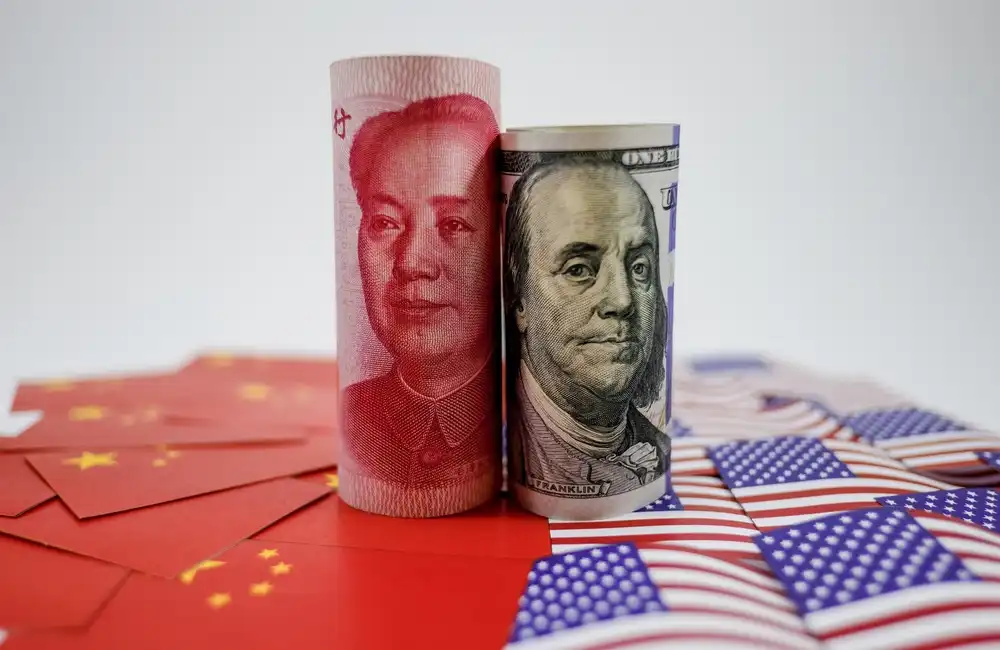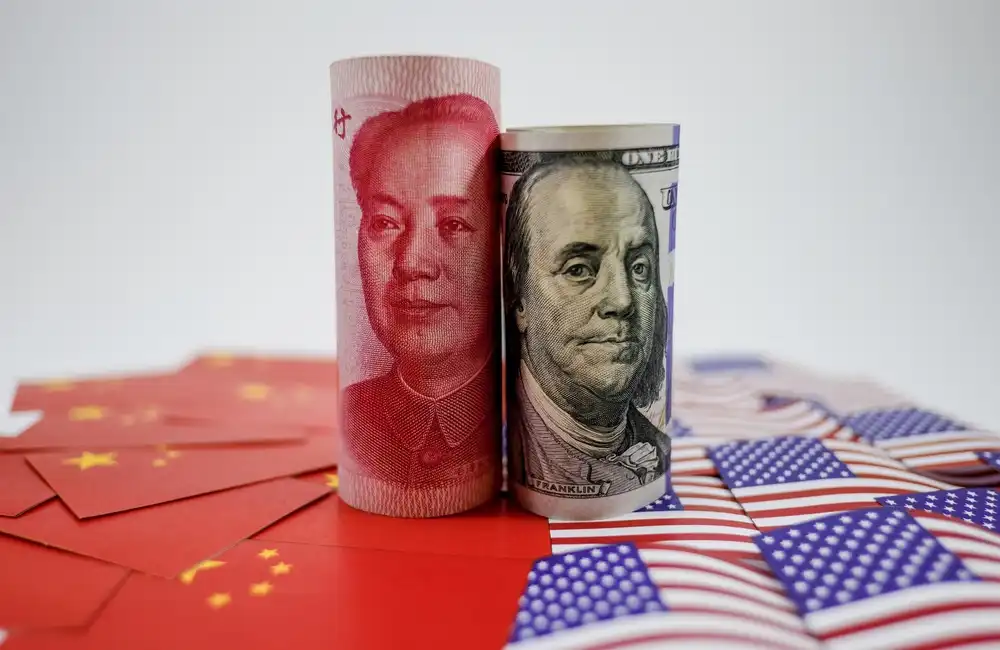Gold has been synonymous with wealth and stability for centuries, serving as a medium of exchange, a store of value, and a symbol of prosperity.
1. Economic Uncertainty
Gold shines brightest when markets wobble. Investors flock to the precious metal during stock downturns, political upheaval, or recessions to protect their wealth from currency swings and market crashes.
2. Inflation Hedge
As prices soar, gold holds its purchasing power. Unlike paper money, gold doesn’t lose value to inflation—making it a time-tested shield for preserving savings.
3. Central Bank Policies
Central banks worldwide are boosting their gold reserves to diversify away from the US dollar. Their institutional buying adds powerful, sustained demand that pushes prices higher.
4. US Dollar Weakness
A weaker dollar lowers gold’s price barrier for international buyers, fuelling demand. When confidence in the greenback wanes, gold emerges as a tangible store of value.
5. Supply Constraints
Mining new gold is costly and complex. Ageing mines and strict environmental rules mean supply can’t easily meet surging demand, driving prices upwards.
6. Growing Investment Demand
Gold ETFs and digital platforms have democratized access. Institutional and retail investors alike can now buy and trade gold effortlessly, spiking its popularity.
7. Global Geopolitical Tensions
Wars, trade disputes, and unexpected crises trigger gold buying sprees. Whenever global uncertainty strikes, gold is the go-to safe haven.
Why Gold Still Matters in Your Portfolio
Even a 5–10% gold allocation can dramatically reduce portfolio risk and boost long-term stability. Gold’s resilience and growth potential make it indispensable during turbulence.


















